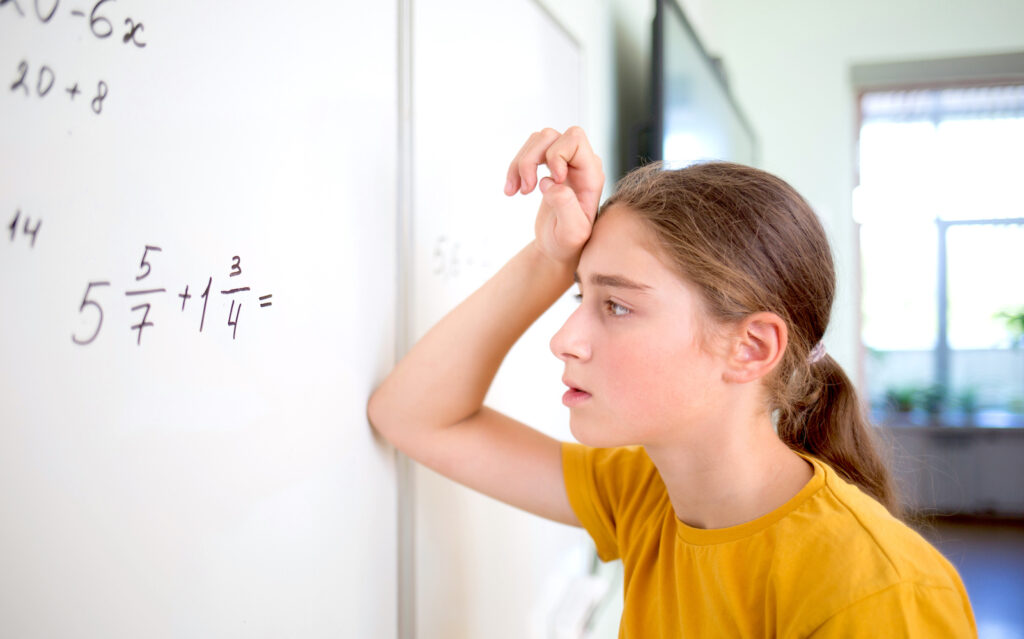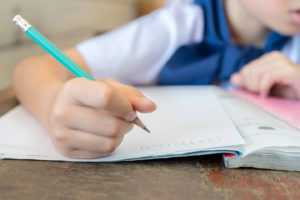Despite improvement, Mississippi students still struggle with reading and math
Half of Mississippi’s students still can’t read or do math at grade level, a new state report revealed.
The Mississippi Department of Education (MDE) released new scores on Tuesday…

Half of Mississippi’s students still can’t read or do math at grade level, a new state report revealed.
The Mississippi Department of Education (MDE) released new scores on Tuesday highlighting the overall improvement in district grades.
In 2016, only 62% of public school districts were graded A, B or C. By 2024, that number improved to 94%.
“I am incredibly proud of our students, teachers and school leaders for their academic achievements in the 2023-24 school year,” said State Superintendent Lance Evans. “This year’s school and district grades are a testament to the quality and success of Mississippi public schools. I am confident we will continue to build upon this success to make sure every Mississippi public school graduate is prepared for a successful future.”
But MDE’s “grades” are misleading.
According to its data, A-rated districts average just 56% of students proficient in reading and 67% in math.
For context, the statewide average in reading and math is 47% and 52%, respectively.
B-rated districts dip below the average (38% and 47%), while C-rated districts are even worse (30% and 36%).
Nearly one-in-four students are also chronically absent – missing 10% or more of school days.
One bright spot in Mississippi education is its embrace of phonics instruction, nicknamed the “science of reading.”
Sometimes referred to as the “Mississippi miracle,” science-based literacy instruction helped the Magnolia State rebound from dead last in education nationwide to the mid-thirties.
It even ranks 21st in 4th grade reading scores.
However, the problems plaguing public education nationwide exist in Mississippi, too.
A state audit from March found Mississippi districts are spending an outsized amount of their education funding on administration.
Since 2006, inside-the-classroom spending decreased by nearly 8% after adjusting for inflation, but administrative spending rose by 6.5%
Nearly 10% of school dollars go directly to administration, and another 28% is spent on costs outside the classroom.
The state also lacks a robust school choice program.
The vast majority of voters support school choice, but Superintendent Evans doesn’t want anyone leaving the public school system.
“There are over 440,000 students in our public schools in Mississippi, and what we have to do is ensure that people see public school as the only choice,” Evans said in 2023, according to the Clarion Ledger. “Now, there are other choices out there, obviously, but in large part statewide, public schools are really, pretty much the only choice.”
It could be more cost-effective, however, for the state to pay private school expenses since the average tuition ($6,765) is far below the state’s average per pupil expenditure ($11,738).


